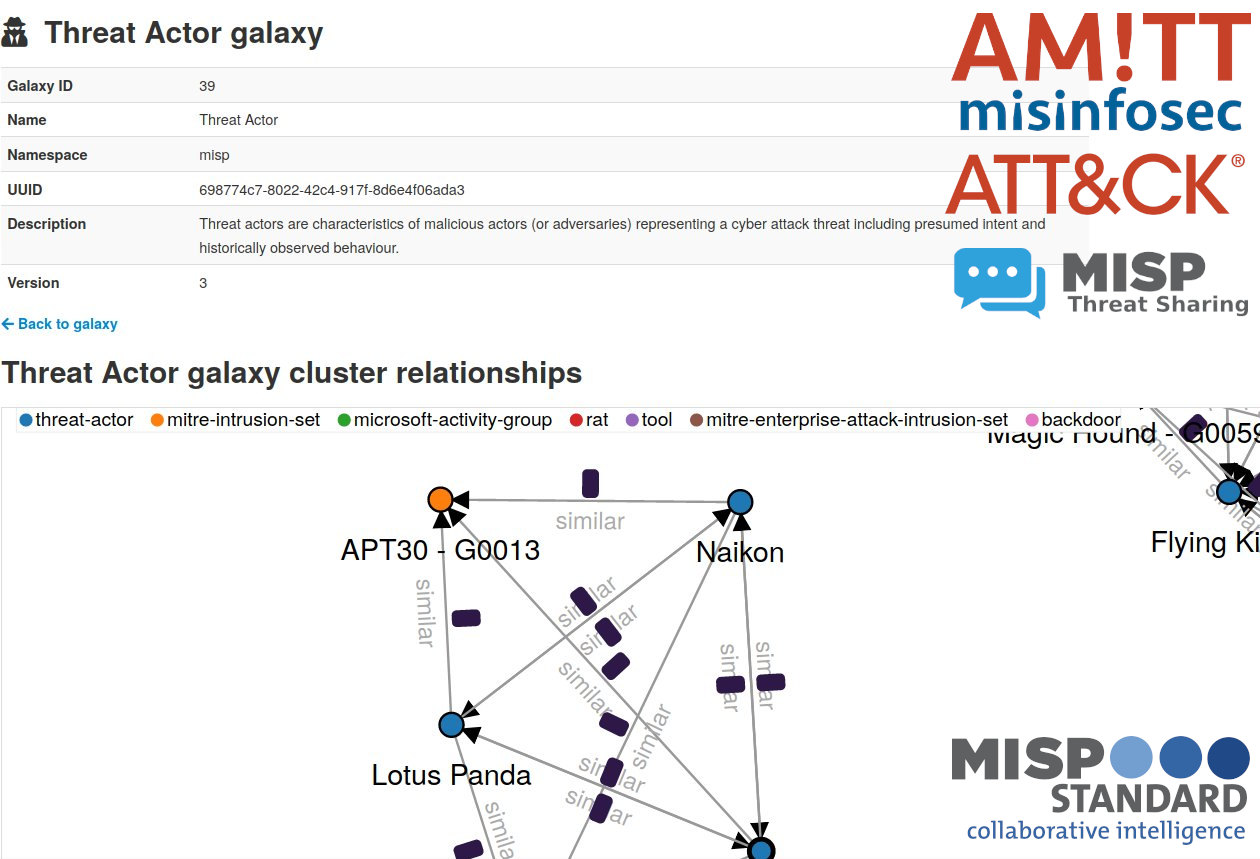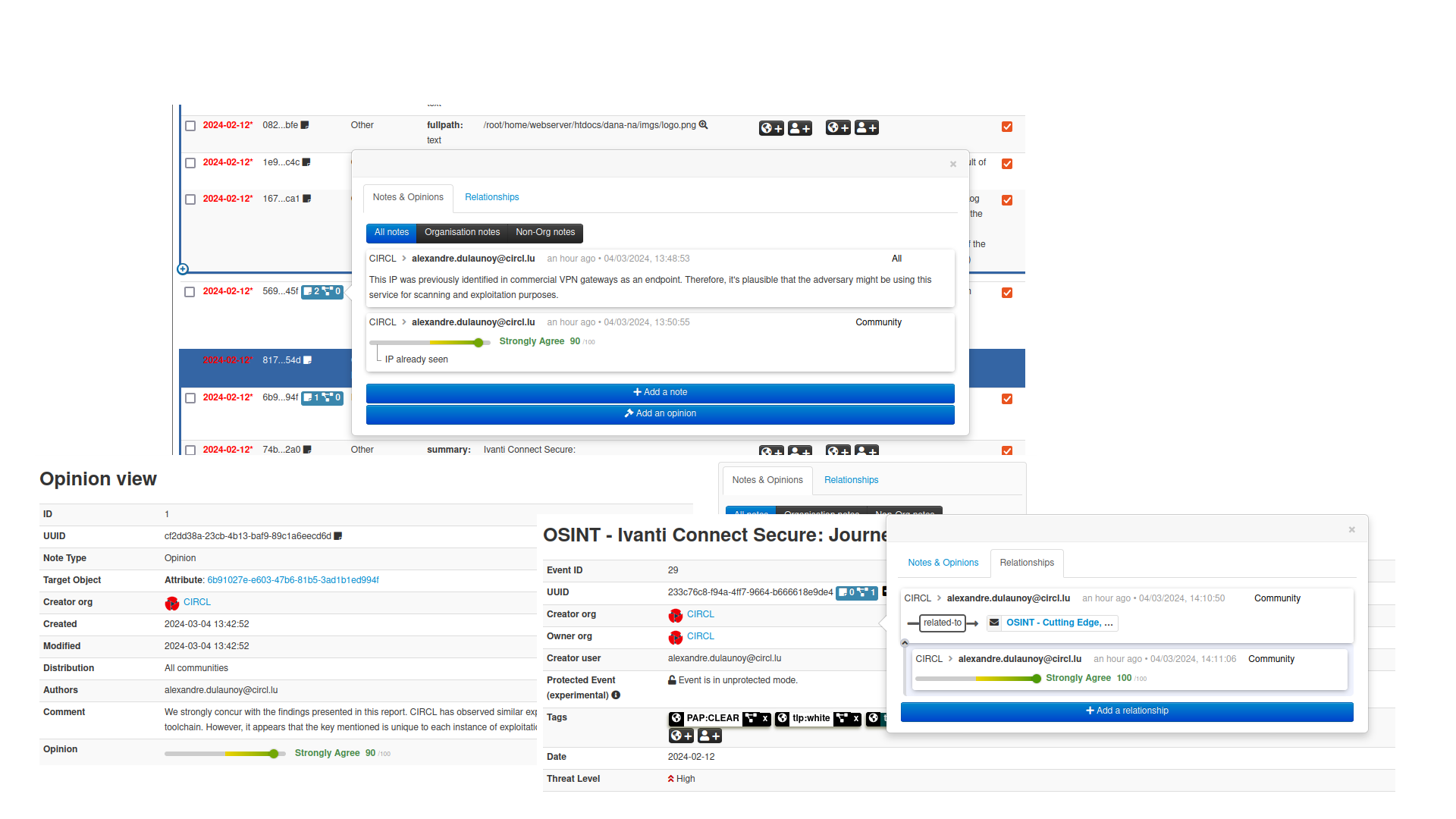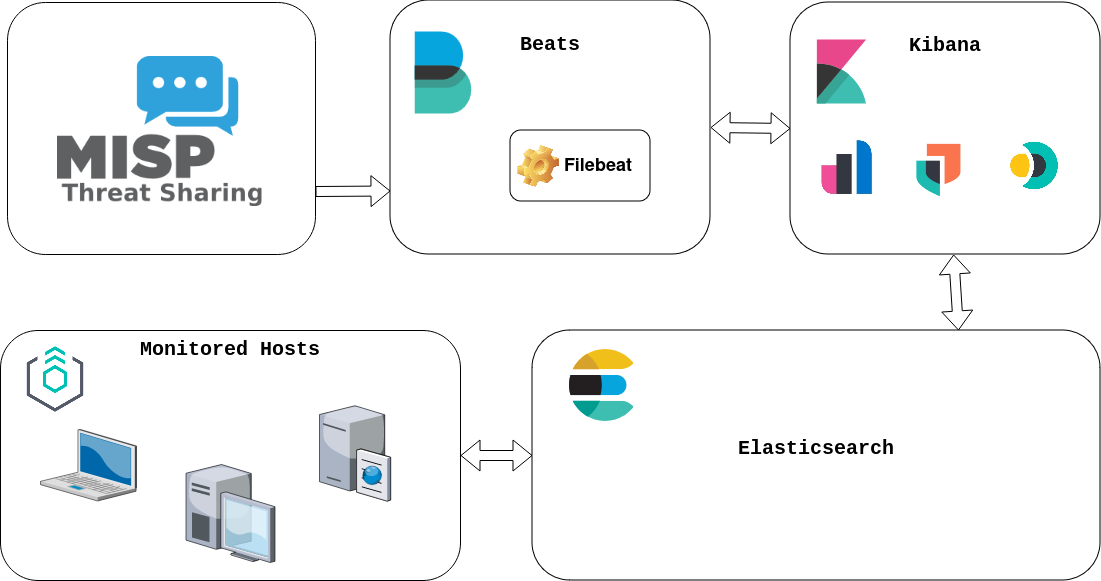The MISP is an open source software solution for collecting, storing, distributing and sharing cyber security indicators and threats about cyber security incidents analysis and malware analysis. MISP is designed by and for incident analysts, security and ICT professionals or malware reversers to support their day-to-day operations to share structured information efficiently.
MISP 2.4.190 (and 2.4.191) released with new feed improvement, workflows and a new benchmarking suite.
We are excited to announce the release of MISP v2.4.190. This latest version introduces a slew of new features, improvements, and fixes designed to streamline operations and enhance security measures for our users.















